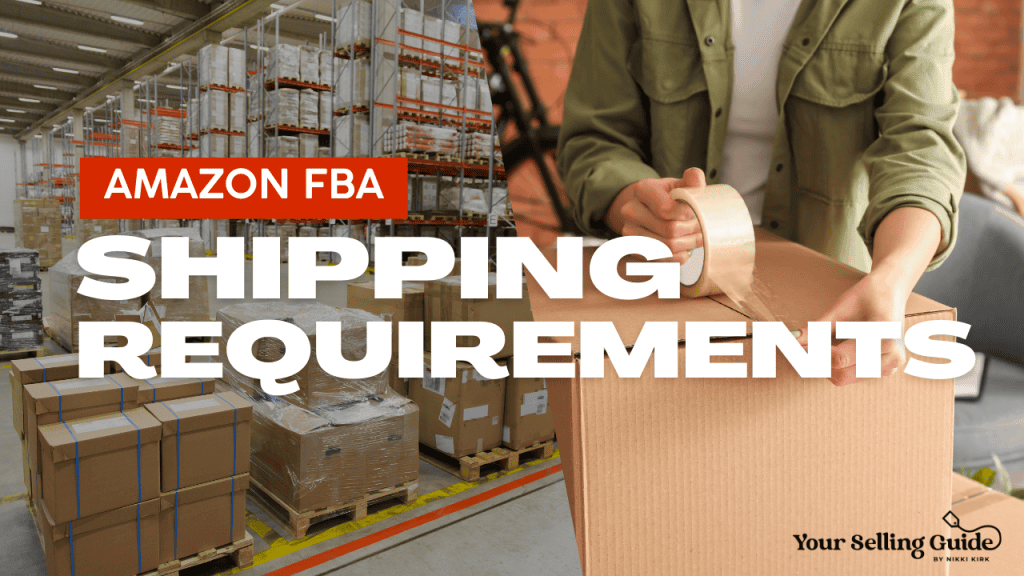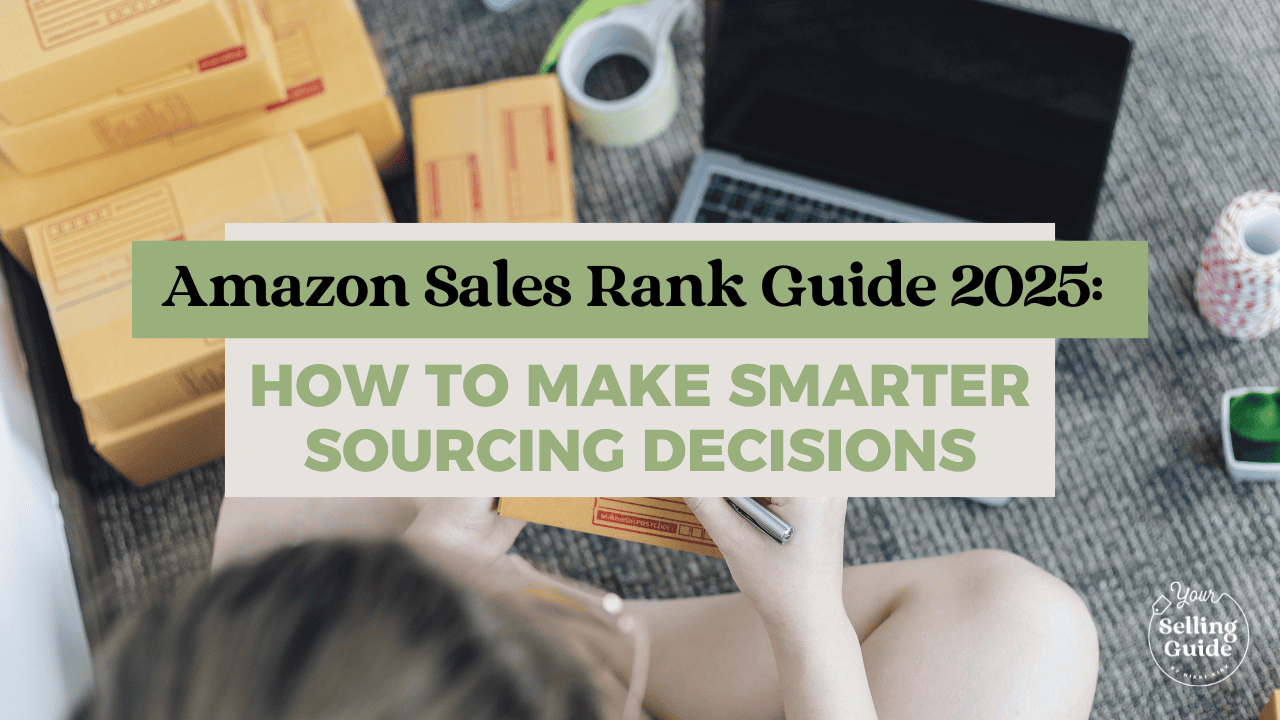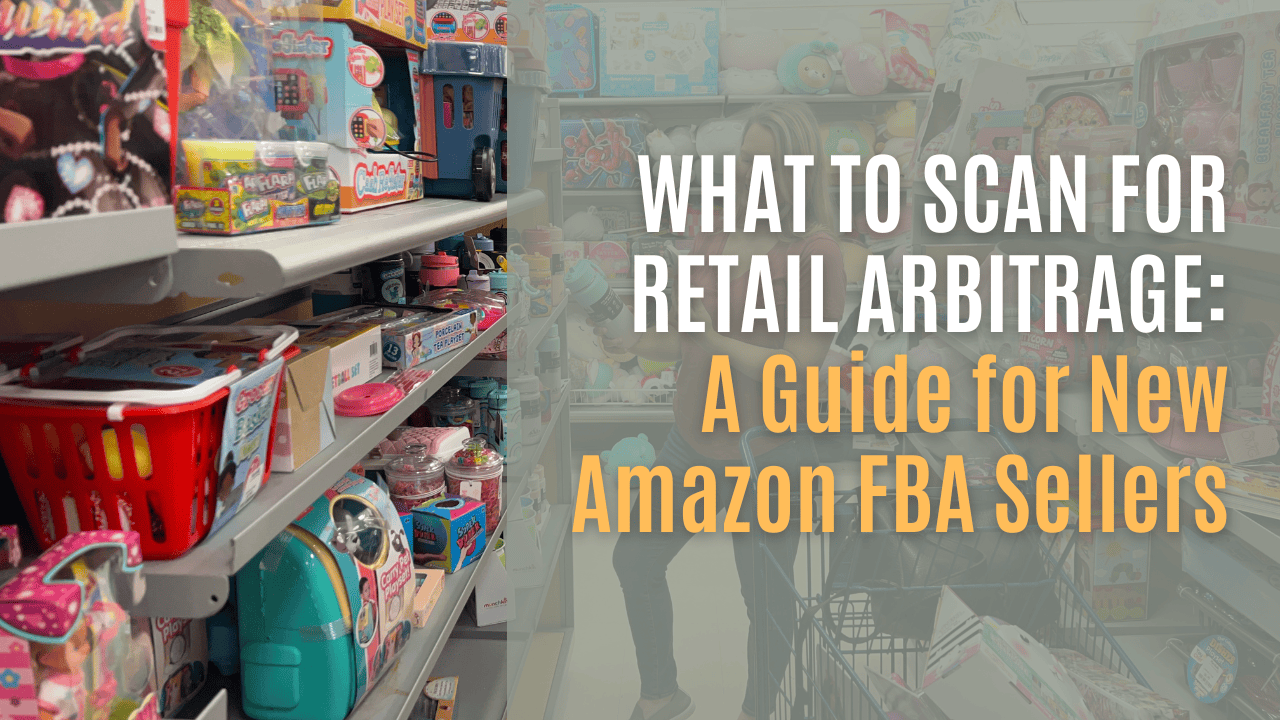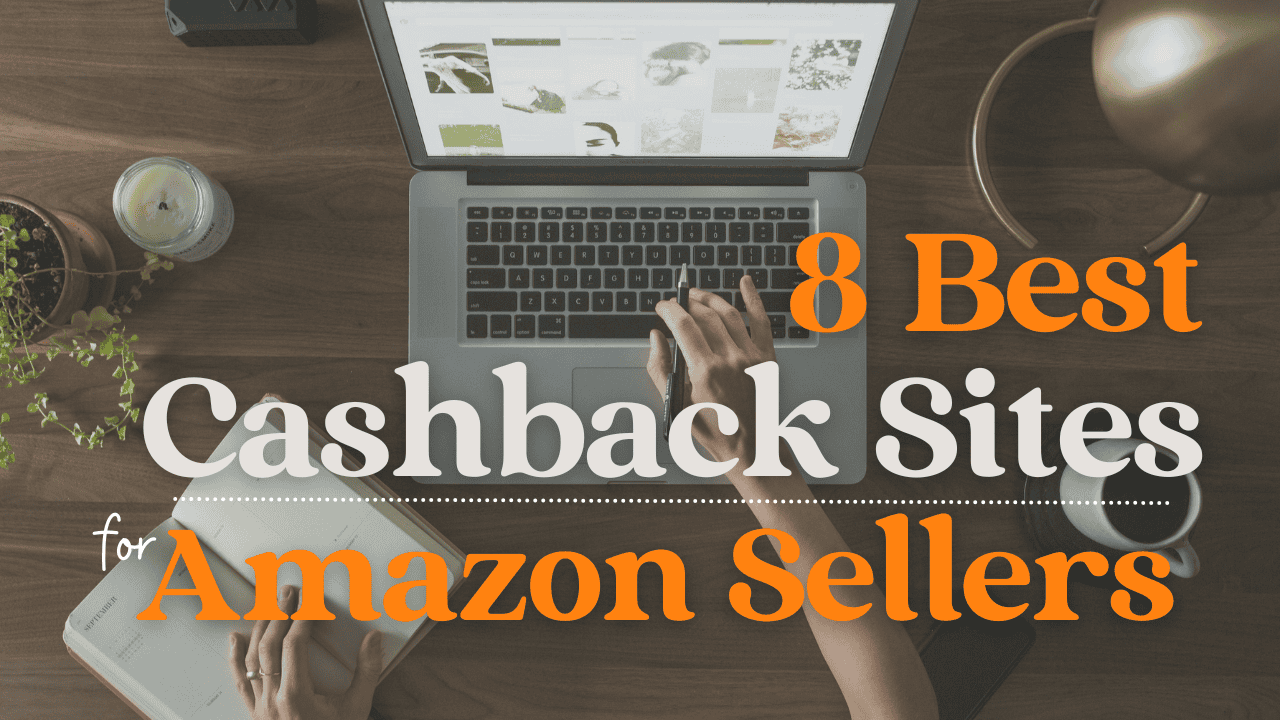You’ve worked hard to source profitable products, and now you’re ready for the final step: shipping your inventory to Amazon FBA.
As an FBA seller, Amazon handles the fulfillment of your products. However, first, you must use the correct Amazon FBA packaging requirements to know how to ship inventory to Amazon FBA and ensure they safely arrive at Amazon’s warehouses.
Follow these instructions to meet Amazon FBA shipping requirements without any issues.
As you scan potential items in-store, consider their Amazon FBA packaging guidelines and whether the effort is worth the potential payoff.
Amazon FBA Packaging Materials You Need
To make sure that your products meet Amazon FBA packaging requirements, you’ll need the following supplies:
- Boxes (various sizes)
- Table for workspace
- Goo Gone (for removing labels)
- Printer for labels and documentation
- Packing paper
- Polybags (for individual items)
- Tape (strong packing tape)
Use my Amazon FBA supplies article for more details on these supplies and how to use them. You can inexpensively purchase big boxes at Walmart, or even better, learn how to get free boxes for Amazon FBA shipping!
Hot Tip
You can cut up paper grocery bags to use as packing material to save costs and increase your profit margins.
How to Ship Inventory to Amazon FBA
Step 1: List the Amazon FBA Products & Print Labels
Before shipping your items to Amazon FBA, you must list them in Amazon Seller Central and print the required labels. Here’s how to get started:
- List Your Products: Log in to Amazon Seller Central, navigate to “Inventory,” and click “Add a Product.” Follow the prompts to enter product details, including condition, quantity, and pricing.
- Print Labels: After listing your products, generate and print the shipping and barcode labels provided by Amazon. These labels are necessary for inventory tracking and fulfillment at Amazon’s warehouses.
For a more detailed guide, read my article on listing products on Amazon FBA and printing labels.
Step 2: Label the Amazon FBA Products
Proper labeling is crucial when preparing your products for Amazon FBA. Always use Amazon’s FN SKUs rather than manufacturer barcodes (find out why here!). Follow these guidelines for accurate labeling:
- Cover Original UPC: When attaching the FN SKU label to your product, cover the original UPC to prevent confusion during scanning.
- Polybag Transparency: If you place your item in a polybag, make sure the FN SKU barcode is visible and scannable through the bag.
- Handling Price Labels: If your product has a price label, place the FN SKU label over it. For products with multiple price labels, cover them with pieces of black duct tape.
- Removing Price Labels: Use a hair dryer or heat gun to loosen price labels, then gently scrape them off. Clean the surface with a scraper and Goo Gone to remove any adhesive residue.
Step 3: Polybag Amazon FBA Packaging Requirements
Always adhere to Amazon’s polybag requirements as you package your Amazon FBA products for shipment.
Any product that can be touched (such as clothing, or an item without its own packaging, or even an item that partially shows through its packaging) must be securely placed in a clear polybag to protect it during handling and storage.
Additionally, Amazon FBA’s packaging requirements say each polybag must display a suffocation label to ensure compliance with safety regulations. These measures help protect both your products and Amazon’s handling process.
Read my Amazon FBA polybagging article for more details on Amazon’s polybagging requirements and best practices.
Step 4: Amazon FBA Packing Slip & the Inventory Shipments
The Amazon FBA packing slip will show how to pack your Amazon FBA shipments for each warehouse destination. Once your products are bagged and ready to be packed for Amazon FBA, you group the items into the correct boxes, as Amazon assigns shipments to specific warehouses.
For an additional $0.40 per item, you can opt for advanced placement for smaller shipments, which consolidates items to reduce costs and streamline logistics. It can also be helpful for someone else to read off which items are going in what box as you pack.
An upside to every item going to its own Amazon warehouse is that once they get to that warehouse, they’ll be available for sale on Amazon. A big box with many different items might get transferred further, delaying when your products reach the Buy Box.
Step 5: Amazon FBA Packaging Requirements & Box Sizes
When you’re boxing your products, make sure you follow the Amazon FBA packaging requirements for small parcel shipments:
-
The longest side of each box should not exceed 25 inches.
-
Each box can’t weigh more than 50 pounds.
-
If any item weighs over 50 pounds, use special handling labels like "Team Lift" or "Mechanical Lift."
-
Sending boxes that exceed weight limits may result in warnings from Amazon.
-
Repeated violations could lead to the revocation of your FBA privileges.
I aim to keep my Amazon FBA shipping boxes around 46 pounds. Easily check weights using a kitchen scale before shipment to confirm they meet the Amazon FBA packaging requirements.
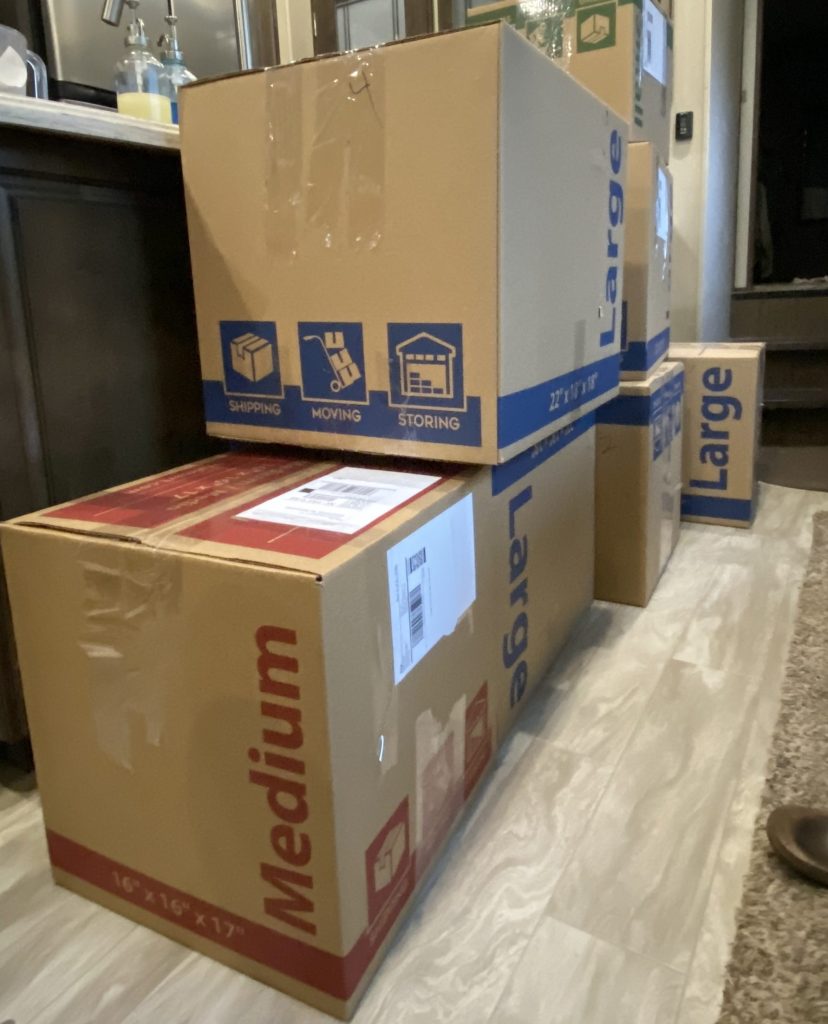
Step 6: How to Pack For Amazon FBA
Efficient Amazon FBA packing will keep your products safe and save money.
- When packing for Amazon FBA, place bulky and heavy items at the bottom of the box to provide stability and prevent damage during transit.
- If a box isn’t completely full, use a box cutter to trim it down and fold it to minimize excess space.
- Fill any remaining gaps with padding materials such as ripped-up paper bags, craft paper, or bubble wrap to cushion items and prevent shifting.
Step 7: Labels For Shipping to Amazon FBA
For Amazon FBA shipping labels, you have the option to use adhesive labels or securely tape paper labels onto your packages.
Amazon FBA shipping requirements dictate that every Amazon FBA shipment box requires a regular UPS or shipping label for transportation and a specific Amazon FBA label.
Ensure you attach both labels to the outside of your boxes so they are visible for easy identification during transit. Proper labeling allows for accurate tracking and quick delivery of your products to Amazon’s warehouses.
Step 8: Ship Inventory to Amazon FBA
Once your inventory is packed and labeled according to Amazon FBA packing and shipping guidelines, it’s time to send it to Amazon’s warehouses. You can conveniently drop off your prepared Amazon FBA shipment boxes at a shipping facility such as UPS or schedule a pickup.
How to Ship Inventory to Amazon FBA Checklist
Ready to become an Amazon FBA selling superstar? Sign up for my email list and receive a comprehensive Amazon FBA packing checklist in your inbox. Nail every Amazon FBA shipping process step, and let Amazon do the rest!
Plus, access our coveted Amazon sales rank guide to help you make profitable retail arbitrage sourcing decisions as you buy products.
Don’t miss out on these game-changing tools! Subscribe today to streamline your Amazon FBA shipments and skyrocket your sales.
Sign Up For My Email List
Video: Amazon FBA Packaging Requirements & Shipping Process
Mastering Amazon FBA shipping is essential to maximizing your business’s success. By following this expert guide and the Amazon FBA packaging requirements, your inventory will reach Amazon’s warehouses safely and cost-effectively!
For a visual walkthrough, check out the video version of this article.
Want more experienced help and step-by-step tutorials? Enroll in my beginner course to accelerate your learning curve.
The course has 16 detailed lessons for selling through Amazon FBA with a 30-day Money-Back Guarantee and access to a private, super helpful Beginner FBA Support Group. Join our community and watch your Amazon FBA business thrive!
